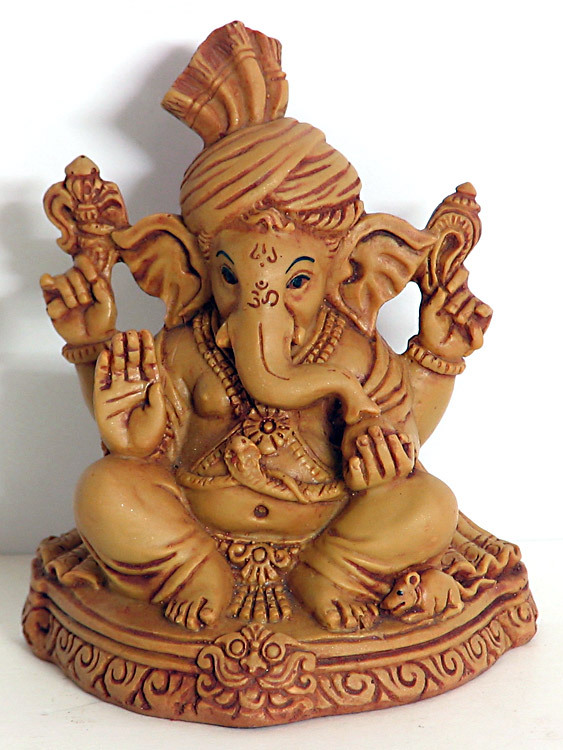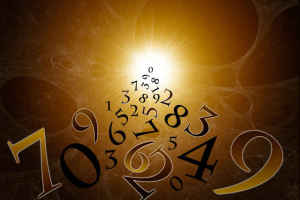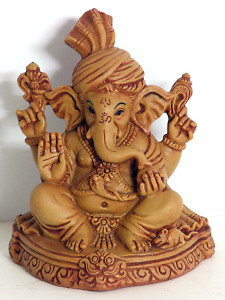Why Lord Ganesha at the Entrance?
Many Indian families and business owners display a figurine or idol of Lord Ganesha at their entrance. This custom is deeply rooted in tradition and is considered a mark of good fortune. However, not everyone understands the deeper rules set by Vastu Shastra or the best practices a Vastu Consultant would recommend. In modern times, people look for answers that combine spirituality and science. This article offers both.
The Common Belief About Ganesha Placement
Almost every Vastu consultant is asked about Ganesha idols at the entrance. Most families believe it is inauspicious to have Lord Ganesha’s back facing their home. To avoid this, they sometimes place a second idol on the inside wall, facing the entrance. This way, it seems that Lord Ganesha faces every direction as people enter or leave. While the intention is good, Vastu Shastra warns against this practice.
Historical Origin of the Entrance Ganesha Tradition
This tradition began in Rajasthan about 250 years ago. Back then, Rajasthan was one of India’s richest regions. Over time, however, this region struggled and was eventually called a “bimar rajya,” or sick state, by the government. A professional Vastu consultant will point out that this practice is not described in the original Vastu Shastra texts. Instead, it may be a local belief that gained popularity over time.
The Problem with Placing Ganesha on Both Sides
When you place Lord Ganesha at both sides of the entrance, you unknowingly end up facing his back whenever you enter or exit. According to Vastu Shastra, this is a serious mistake. Every Vastu Consultant will warn that facing Lord Ganesha’s back repeatedly can bring about financial loss and poverty, a condition called “daaridrya” in Sanskrit. Therefore, you must avoid this arrangement in your home, office, or shop.
Vastu Shastra teaches that Lord Ganesha is not just a decorative piece. He represents new beginnings and the removal of obstacles. When you consult a Vastu Consultant, you will learn that Ganesha should always face inward, inviting success, wisdom, and positive energy. His back should never be visible to the inside of the space. Instead, the focus should be on creating harmony at the entrance, using the guidance of Vastu Shastra.
Mythological Story Supporting This Advice
Ancient Hindu scriptures provide another reason for this practice. The story goes that Goddess Parvati asked her son, Lord Ganesha, to guard the entrance while she was inside. Following her command, Lord Ganesha did not allow anyone—including Lord Shiva—to enter. When Lord Shiva was stopped, he became angry, leading to a major clash. Since then, many believe Lord Ganesha should not stand guard at the entrance, as his presence as a gatekeeper can invite obstacles instead of removing them. Vastu consultant interpretations often reference this story for modern readers.
Placement Guidelines from Vastu Consultant’s Perspective
If you consult a certified Vastu consultant, you will receive detailed guidelines for Ganesha placement based on Vastu Shastra. First, only one idol or image of Lord Ganesha should be installed near the entrance. Second, place the figurine facing inside your home, office, or shop—never with his back to the main space. Third, avoid installing a Ganesha on the outer wall or placing two images directly opposite each other. These steps align with Vastu Shastra and ensure continuous prosperity.
How the Entrance Impacts Home Energy
The entrance is the main gateway for energy in any home or business. Vastu Shastra emphasizes keeping this area clean, well-lit, and free from clutter. When you consult a Vastu Consultant, you get recommendations that improve both energy flow and visual appeal. Placing Lord Ganesha correctly enhances positivity, whereas mistakes can disrupt harmony and prosperity.
Common Mistakes to Avoid
Many families unknowingly make errors that a Vastu consultant would catch immediately. For example, some install a Ganesha idol above the entrance or on both sides of the door. Others place Lord Ganesha among many other idols, which creates a confusing point. Vastu Shastra recommends clear, uncluttered spaces that highlight a single Ganesha at the entrance, drawing in luck and good fortune.
Best Materials and Designs for Ganesha Idols
Not all Ganesha idols suit every home or business. Vastu Shastra recommends using marble, metal, or wood for the best energy. A qualified Vastu Consultant will match the design and color of the idol to your space’s energy needs. For example, white or green idols bring peace, while red idols are associated with energy and determination.
Direction and Height Considerations
Direction matters greatly in Vastu Shastra. Your Vastu Consultant will advise placing Lord Ganesha on the north or east wall of the entrance. The idol should be at chest height—not too high or low—to maintain balance. Following these guidelines keeps energy circulating smoothly through the space.
If you are uncertain about any placement, reach out to a certified Vastu Consultant like those at Vastu Verma. An expert will survey your home or business and give personalized advice based on Vastu Shastra. Professional guidance can help you avoid costly mistakes and ensure the ongoing prosperity of your family or enterprise.
Trust Vastu Shastra for Peace and Prosperity
Placing Lord Ganesha at your entrance is an age-old tradition, but you must follow the principles of Vastu Shastra. By consulting an experienced Vastu consultant, you can ensure every aspect of your entrance—direction, material, height, and symbolism—works in your favor. Let Lord Ganesha bring blessings, not obstacles, by following these time-tested rules.
For more information, contact by mail at verma@vastuverma.com or call at +91 9041911005.













